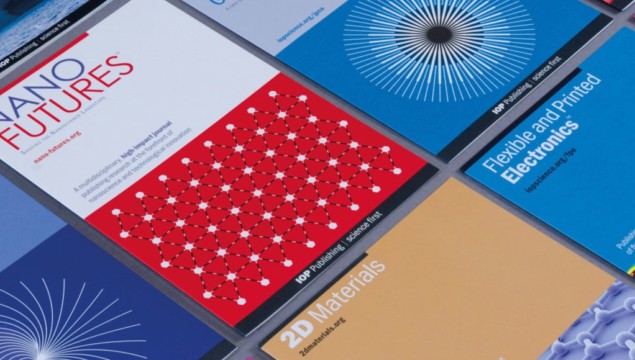
IOP Publishing has become the first physics publisher to introduce “transparent” peer review – in which the referee reports of an accepted paper are made available to read alongside the published research. IOP Publishing, which publishes Physics World, has announced it will carry out a year-long trial of transparent peer review on three of its journals – JPhys Materials, Environmental Research Letters and Journal of Neural Engineering. The outcome of the pilot – and whether it will be extended to other journals – is expected to be announced later next year.
Even publishing anonymous peer reviews can greatly increase the transparency of the process
Simon Harris
During the trial period, which began yesterday, authors who submit their papers to the three journals – two of which are fully open access – will be asked if they want the reviewer reports to be published alongside the final article. If so, then the peer reviewers will also be asked if they wish their reports to be published and whether they want to waive their anonymity. For transparent peer review to go ahead, both authors and reviewers must agree to it, but peer reviewers can maintain their anonymity if they wish.
Opening the black box
As well as measuring how many authors opt for transparent peer review, IOP Publishing will also monitor whether this deters scientists from reviewing manuscripts and what effect, if any, it has on the quality of peer-review reports. A trial run between 2015 and 2018 on five Elsevier journals revealed that transparent peer review did not significantly affect referees’ willingness to review or how quickly the peer review was carried out. Although the trial also found no difference in whether a paper would be accepted or rejected, only 10% of peer reviewers agreed to lift their anonymity (Nature Communications 10 322). Boosting diversity in open access
However, even if reviewers prefer to remain anonymous, it is hoped that publishing the peer-review reports will be another step towards openness in research. “Even publishing anonymous peer reviews can greatly increase the transparency of the process, which was previously a black box,” says Simon Harris, a managing editor at IOP Publishing. “Such transparency increases accountability and may increase quality and also reduce bias in peer review.”



